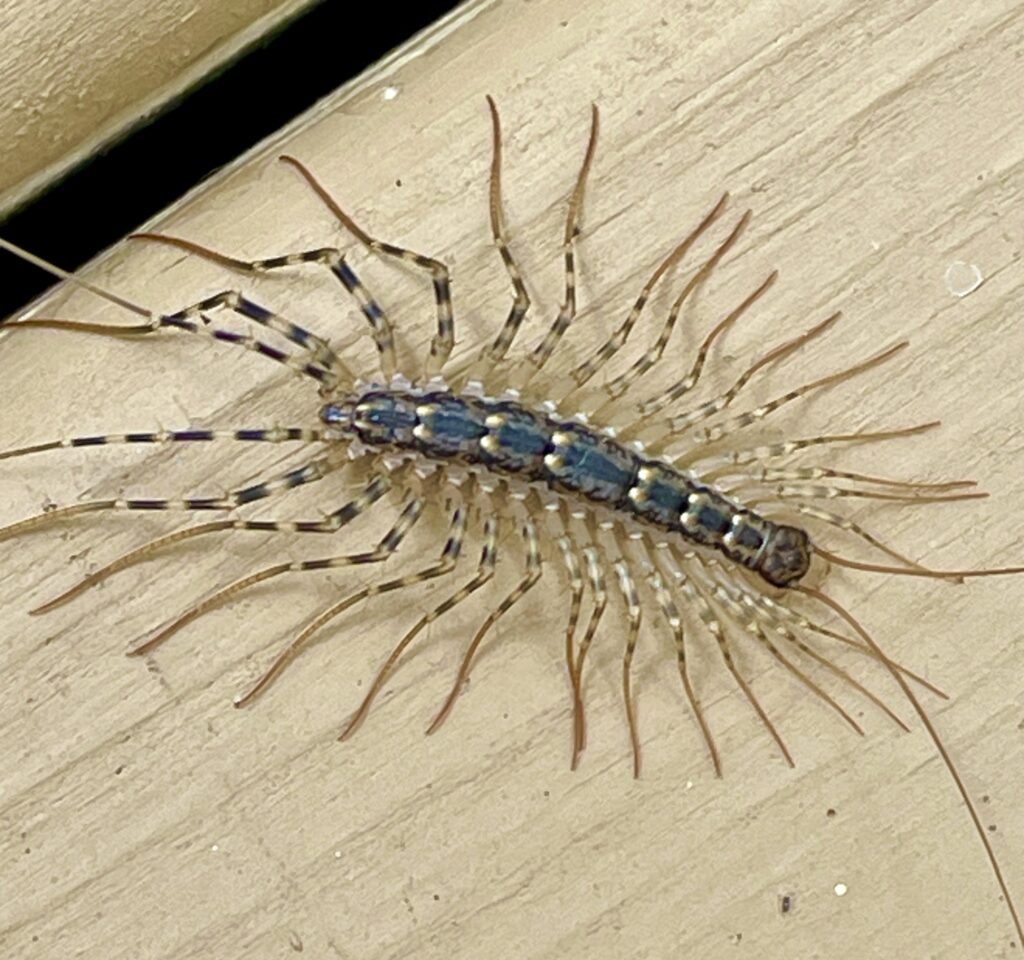In what part of an insect life cycle is the insect the smallest?
the egg
How is a desert biome different than a rainforest?
A desert biome has very little rain. A rainforest has a large amount of rain.
What adaptation do humans have that makes our lives so much easier?
Thumbs! Without thumbs, doing human things like tying knots, writing, and opening doors would be very hard.
This biome is known for its lack of rain. It can be very hot or very cold! What is it?
Desert! Deserts can be hot like the Mojave or the Sahara, or cold like the Gobi or Atacama.
Name one animal that lives in the twilight zone in the ocean.
Many animals live there, including sea jellies, fish, sharks, squid, and turtles.
In what part of an insect life cycle might the insect have wings?
the adult
How are the antennas of butterflies different than moths’ antennas?
The antennas of butterflies are thin; the antennas of moths are thick.
Name one of beavers’ many adaptations that help them survive and thrive in forests.
Beavers have special flaps in their nose and ears to help them swim underwater. They have strong teeth to cut down trees and branches. They have claws that help them dig. They are insulated with fat layers and fur to keep them from getting cold and wet. They have special eyelids to help them see underwater.
This biome is very noisy, moist, and dark inside! What is it?
Rainforest! In the rainforest, the darkness means that animals use sound to find each other. It rains so much that the air is moist and steamy. The tall trees make the forest floor dark.
Bonus: Many animals live there, including frogs. Here are some fun frog sounds!
Name one of the layers of a rainforest.
The four layers of the rainforest are the emergent layer, the canopy, the understory, and the forest floor.
In what part of an insect life cycle does the insect cover itself up to undergo metamorphosis?
The pupa (also called a cocoon for moths or chrysalis for butterflies)
A centipede is a creepy-crawly with over 20 legs! Is a centipede an insect?

No—insects have 6 legs.
How do cactuses survive in deserts?
Cactuses swell up to store water when it rains. They also have sharp spines to keep animals from getting their juice!
This biome covers most of the Earth’s surface. It can be broken up into five different regions. What is it?
Ocean! The ocean can be broken up into the Atlantic, the Pacific, the Indian, the Arctic, and the Southern Ocean.
What are the three body parts of an insect?
Head, thorax, abdomen
What are the four stages of an insect’s life cycle?
egg, larva, pupa, adult
Are spiders insects?
No—they have 8 legs and two body parts. Insects have 6 legs and three body parts
What adaptation helps animals hide from predators and prey?
Camouflage! Animals that blend in are hard to spot!
This biome supports abundant animal life, including many predators. The animals use camouflage to hide. What is it?
Grassland! The fast-growing grass supports many grazers, which predators hunt!
What is another name for a grassland in another part of the world?
“Prairie” in America, “pampa” in South America, “savanna” in Africa, “steppe” in Asia.
How do insects grow when they are larvas?
They MOLT or shed their exoskeletons!
What is the difference between the twilight zone and the midnight zone in the ocean?
The twilight zone gets a little sunlight. Many animals live there. It is the middle zone of the ocean. The midnight zone gets NO sunlight. It is the deepest zone in the ocean. Some animals live there.
How are the eyes of predators different than the eyes of prey?
Predators have eyes that look forward so they can focus on the prey. Prey animals have eyes on the sides of their heads so they can see all around them and watch out for predators.
This biome can undergo a big change when one of the animals acts like an ecosystem engineer! What is it?
Forest! Beavers build dams to make beaver ponds. They cut down trees. Animals and plants that love ponds and water can live in forests because of the beavers’ amazing engineering.
What was your favorite thing you learned from this class?
That's great!